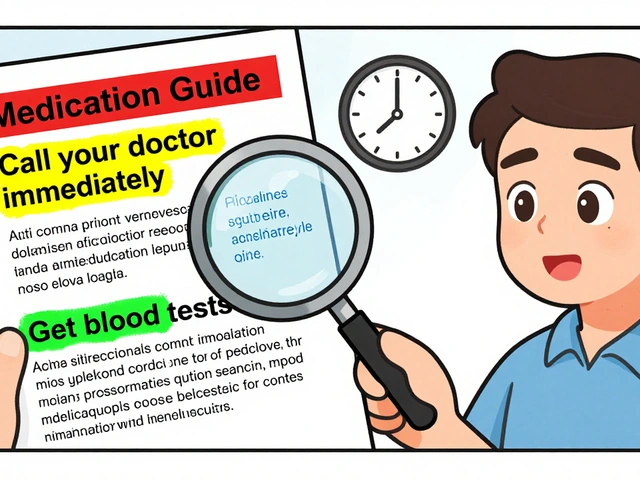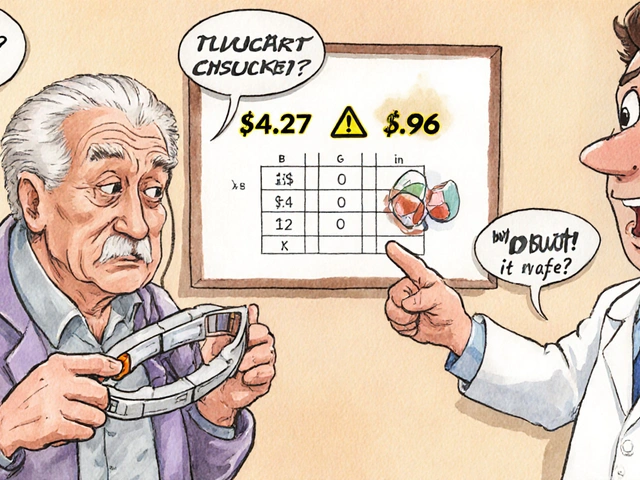Levodopa and Protein: How Diet Affects Parkinson's Medication
When you take levodopa, a medication used to treat Parkinson’s disease by boosting dopamine levels in the brain. It’s known as L-DOPA, and it’s one of the most effective drugs for managing movement symptoms like tremors and stiffness. But here’s the catch: the protein in your food can seriously mess with how well it works.
Levodopa and amino acids from protein use the same road into your brain. Think of it like two cars trying to get through a single toll booth at the same time — one blocks the other. If you eat a big steak or a bowl of beans right before your dose, your body might not absorb enough levodopa. That means your symptoms could come back sooner, or you might feel worse even if you took your pill on time. This isn’t just a theory — it’s been shown in clinical studies where patients saw clearer movement control when they spaced protein intake away from their medication.
That doesn’t mean you need to stop eating protein altogether. Your body still needs it to stay strong and repair tissues. The trick is timing. Most people find it works best to take levodopa 30 to 60 minutes before meals, especially breakfast and lunch, when protein intake is usually highest. Some even switch their main protein meal to dinner, when movement issues are less disruptive. It’s not about cutting out food — it’s about rearranging when you eat it.
And it’s not just about meals. Protein shakes, protein bars, and even some supplements can interfere. If you’re using them for muscle recovery or weight management, check with your doctor. You might need to adjust when you take them. Also, don’t assume all proteins act the same. Animal proteins like meat, eggs, and dairy tend to have more of the amino acids that compete with levodopa than plant-based sources like vegetables or grains — but even plant proteins can cause issues if consumed in large amounts close to dosing time.
Some people try low-protein diets to help levodopa work better. But those can backfire — losing muscle mass makes movement harder, and weakness can increase fall risk. It’s a balance. You want enough protein to stay strong, but not so much at the wrong times that your medication stops working. Many neurologists now recommend a moderate protein redistribution plan rather than extreme restrictions.
What you’ll find in the posts below are real-life comparisons and practical guides from people who’ve been there. You’ll see how others adjusted their meals, what worked for them, and what didn’t. There’s no one-size-fits-all answer, but there are proven strategies that make a real difference. Whether you’re newly diagnosed or have been on levodopa for years, the right timing and simple food choices can mean fewer bad days and more control over your symptoms.










